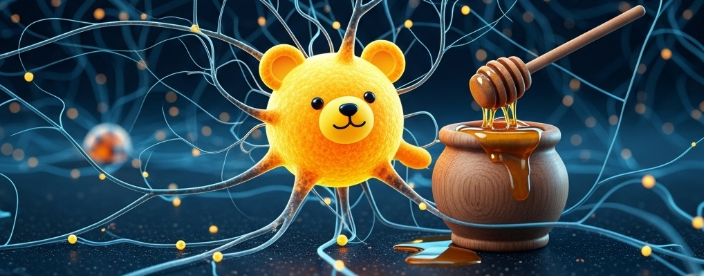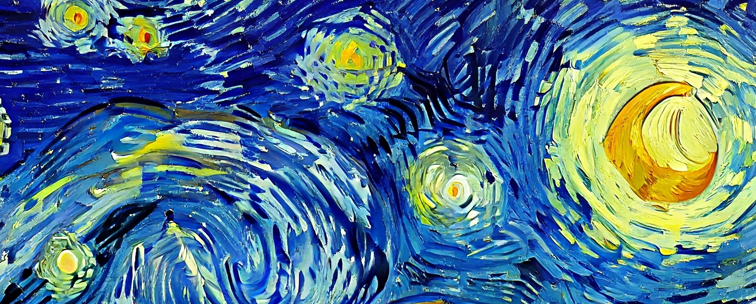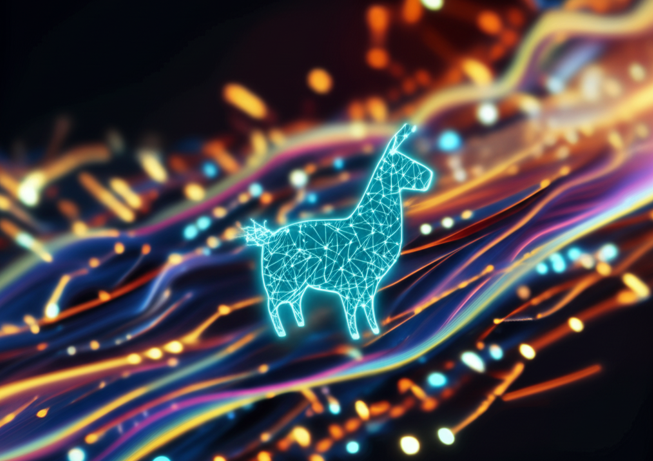About Me
My Journey
I’m still learning what it means to be a great engineer, but one thing’s certain: I love learning about what machine learning and software can do for the world. Whether it’s testing a new algorithm or staring up at a clear night sky, I’m always looking for patterns and possibilities.
I believe the best technology doesn’t just work, it feels right too. I’m drawn to tools and systems that are intuitive, human-centered, and built to solve real problems. For me, engineering is as much about curiosity and exploration as it is about intention.
Quick Facts
Technologies & Skills
What Drives Me
AI & ML
Creating intelligent tools and systems
Software Dev.
Scalable and meaningful applications
Continuous Learning
Always learning more
Problem Solving
Creative solutions and collaboration
Teaching & Mentorship
Helping others grow while growing myself
Coffee
A true blessing from God
Featured Projects
Curious about how large language models like ChatGPT actually work, I set out to build one myself from scratch. No model libraries, no shortcuts. Just coffee, PyTorch, persistence, and a desire to deeply understand the mechanics of self-attention, tokenization, transformers, and transformer-based generation. Along the way, I implemented each component by hand, from multi-head attention to GPT-style autoregressive decoding, and trained my model entirely on my CPU. For training, I used the first six chapters of Winnie the Pooh, a childhood favorite of mine. It was a fun and meaningful way to learn while building, letting my model pick up on the whimsical tone and playful spirit of the stories that first sparked my imagination years ago.
Ever wondered what your photos would look like as works of art? This project brings that idea to life using deep learning. I built a full desktop app that lets you upload two images, one as your content image (like a selfie or landscape) and another as your style image (like a Van Gogh painting). My app then blends them together, transferring the textures and colors of the style image onto your original photo, turning it into a completely new artistic creation. Users can experiment with different combinations and instantly preview their results. Everything runs in real-time on your own computer, with a clean interface that makes it easy for anyone, even without a technical background, to explore AI-powered creativity.
What if anyone could query a database just by asking a question? I fine-tuned Meta's LLaMA-2-7B model to translate natural language into SQL. Using LoRA (Low-Rank Adaptation) and 4-bit quantization, I made training this massive model possible on limited hardware. My model learns from a dataset of natural language questions paired with SQL queries, and I built an interactive demo so anyone can test my model’s predictions side-by-side with real examples. This project taught me how to specialize large language models for domain-specific tasks while staying resource-efficient. It also deepened my understanding of prompt design, causal language modeling, and the trade-offs between accuracy and efficiency.
Can a small, general-purpose language model become better at answering questions with just a little guidance? In this short project, I fine-tuned a lightweight GPT-2 model using Hugging Face tools and the Guanaco QA dataset. The result: a model that answers basic questions more clearly, instead of just continuing text like the original GPT-2. This project was my way of exploring how fine-tuning can align a model with user intent, and thanks to Hugging Face's powerful libraries, I was able to train, evaluate, and deploy everything smoothly. There's even a Colab demo so anyone can try it out instantly, no setup needed.
The 8-Puzzle is a classic brain teaser, a 3x3 grid with numbered tiles and one empty space. Your goal? Slide the tiles around until they're back in order. This project brings 8-Puzzle to life using AI. Built in Python, it solves any puzzle setup you give it by using smart search algorithms like A* and Uniform Cost Search. You’ll watch your computer plan, think ahead, and solve the puzzle step by step, just like a human but faster. It’s not just a solver, it’s a peek into how AI makes decisions. You can compare different algorithms side by side, see how their strategies evolve, and explore how small changes in heuristics affect performance. Whether you're curious about AI or just love puzzles, my project offers something fun and insightful for you to explore.
Pixelate is a pixel art creation platform built with inclusion in mind. More than 300 million people are affected by colorblindness worldwide, yet most design tools overlook accessibility. Inspired by friends and family members with color vision deficiencies, I wanted to build a tool with others that empowers everyone to create freely, regardless of how they see color. With smart filters tailored for the three most common types of colorblindness (protanopia, deuteranopia, tritanopia), an AI assistant for helpful suggestions, and a public gallery for sharing and discovery, Pixelate brings creativity and accessibility together. Whether you're an artist or just curious, I invite you to explore, create, and be part of a more inclusive digital art community.




